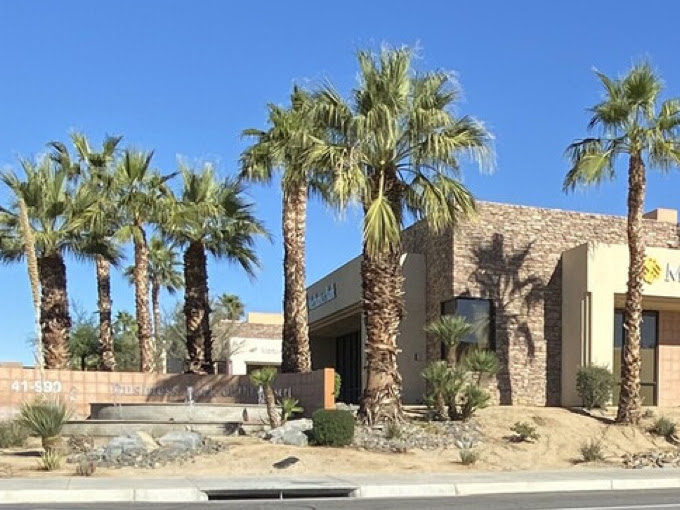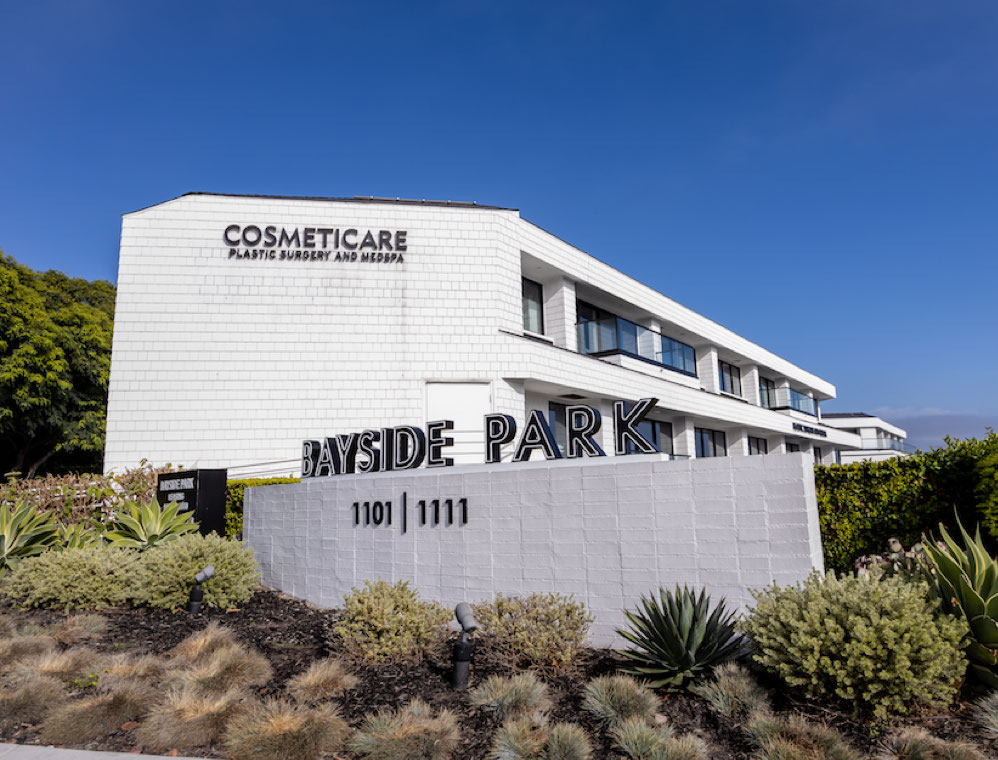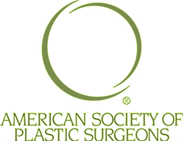 Dorsal hump or bump reduction is sometimes undertaken as a part of rhinoplasty plastic surgery. A pseudo-hump or low radix is also a variation of this condition which creates the illusion of a significant bump.
Dorsal hump or bump reduction is sometimes undertaken as a part of rhinoplasty plastic surgery. A pseudo-hump or low radix is also a variation of this condition which creates the illusion of a significant bump.
The upper bony part of the nose is known as the radix. Sometimes the radix, as well as the underlying cartilage, may be substantial causing the appearance of a bump.
The Radix
A shallow radix can create a depression and a bump. The plastic surgeon may reduce the size of the radix by cautiously shaving away tiny portions.
The surgeon may create fullness in a depressed nasal area by grafting cartilage taken from another area of the patient’s nose. They can create a straighter slope by augmenting the area right above the radix. The proper management of the radix is important to produce a natural nose appearance.
Board certified plastic surgeon Dr. Suzanne Quardt (Dr. Q) provides rhinoplasty to patients in Palm Springs, Palm Desert, Rancho Mirage, and surrounding locations.
Pseudo-Hump
If the patient has a pseudo-hump, it implies that the radix is not properly developed and is under-projecting. This creates a facial profile where the tissue underneath the radix (towards the nasal tip) seems even more full and bulbous than it actually is. In case the radix bone does not project the overlying tissue appropriately, it leads to the appearance of a pseudo-hump.
Correcting an Underdeveloped and Low Radix
Rhinoplasty with radix tissue grafting is the most suitable treatment for an under-projecting radix. A radix comprises fascia, cartilage, or other soft tissue. It is usually a sculpted cartilage fragment typically taken from the septum. The surgeon will place this graft underneath the skin and muscle to ensure that it remains discreet.
The cartilage graft is placed over the bone where it elevates the depressed soft tissue to correct the deficit in the bony structure. This creates a straighter profile without the need to eliminate any cartilage or bone beneath the radix.
Can you have Weak Radix and a True Hump?
It is possible for a patient to have an under-developed radix as well as a true hump. The benefit of addressing both these issues simultaneously is that the surgeon can perform a more conservative hump removal.
They will raise the position of the radix to bring the ideal profile line closer to the hump. Consequently, the surgeon will have to remove a lesser portion of the hump to create a straighter profile.
The outcomes of this procedure also appear less “surgical” and more natural due to a stronger nasal point.
Correcting Radix as Part of Revision Rhinoplasty
The angle between the frontal and nasal bones of the nose determines the height of the radix. This height should be in proportion to the dorsal height, length, and tip proportionate for aesthetically appealing and balanced results.
The nose may acquire a Romanesque appearance following the surgery if the radix remains too high or the graft used during the procedure is too large. In a revision rhinoplasty procedure, the nose surgeon reduces the radix to its appropriate and most harmonious proportions compared to other nasal aspects and facial characteristics.
Cosmetic surgeon Dr. Suzanne Quardt (Dr. Q) receives patients from Palm Springs, Palm Desert, Rancho Mirage, and nearby areas for rhinoplasty.
To learn more about the plastic surgery treatments and procedures performed by Dr. Suzanne Quardt (Dr. Q) please contact us at 760-324-2660. To learn more about Dr. Q’s Medical Spa please visit drqmedicalspa.com
Dr. Q Medical Spa receives patients from Palm Springs, Palm Desert, Rancho Mirage, and other suburbs and towns in this part of California.









Schedule a Consultation: (760) 537.4579